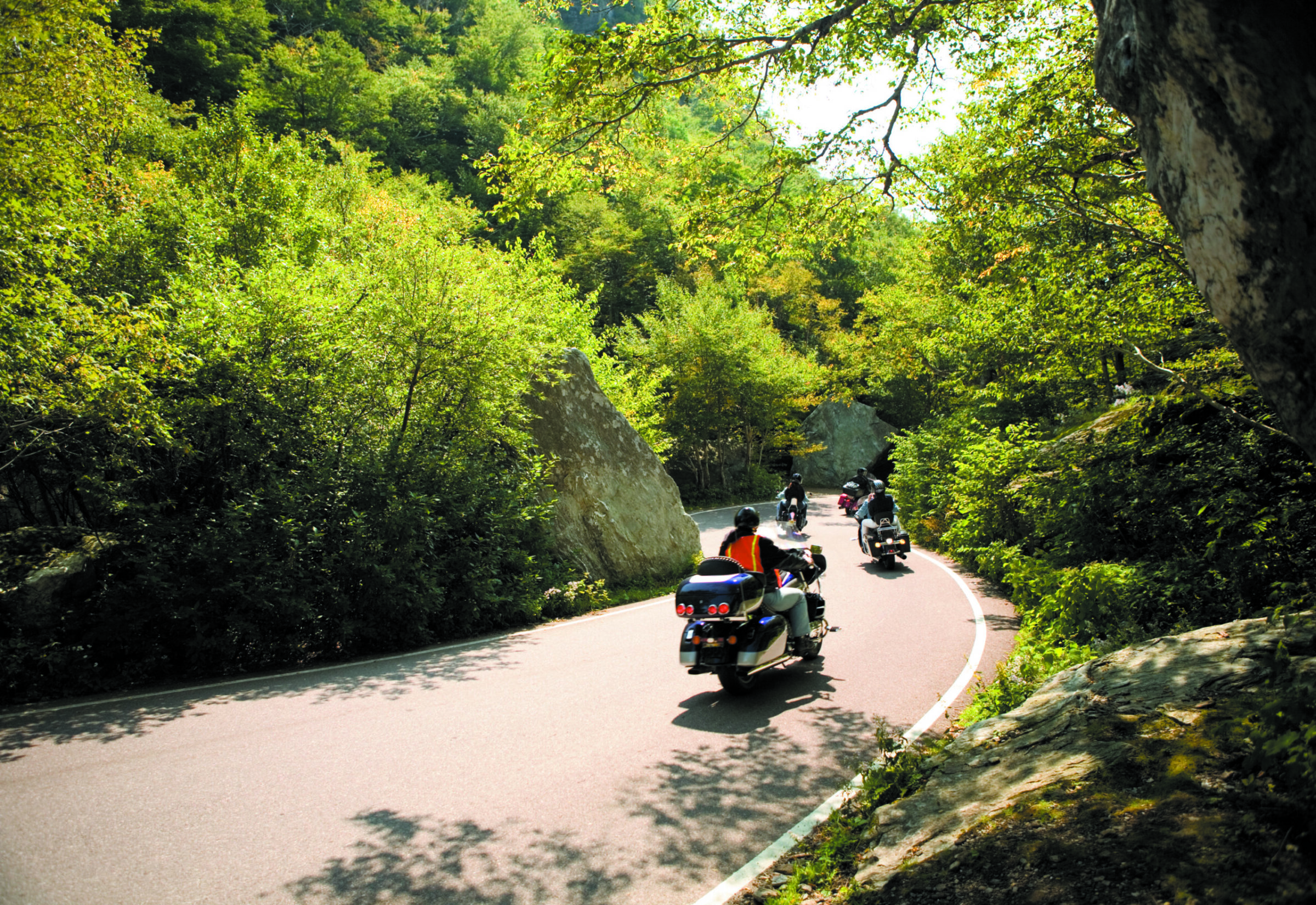Love them or hate them, motorcycles have as much right to the roads as cars and trucks. Knowing a bit about them will help keep your interactions with them safe…
Motorcycles are vulnerable. They lack safety features that we take for granted in cars. Tailgating a motorcycle is particularly dangerous. That is why you’ll sometimes see bikes taking odd lane positions—the rider is positioning himself/herself for a safe exit from a worst-case scenario.
Motorcyclists assume that they’re invisible to you—even when you’re looking right at them. And that’s because of what’s called “inattentional blindness”—our inability to see what we aren’t looking for. Best practice: Make a conscious effort to remember that bikes are on the road.
Even when we notice motorcycles, judging their speed of approach is difficult. Crashes often occur when a driver makes a left turn across the path of a motorcycle because the driver misjudged the motorcycle’s distance and speed. And motorcycles require longer braking distances than cars. Best practice: Assume that a motorcycle is approaching faster than it looks, and use your turn signals so that motorcyclists know what you’re up to. Bikers especially love it when you flash your lights or give them a wave to let them know you see them.
Motorcycles have half the traction of cars. A bit of sand on the road could be a game-changer for a motorcyclist. And potholes, railroad tracks and debris are real obstacles for bikes, so don’t be surprised to see them brake or swerve when they encounter them.
To get the best traction on a curve, riders will decelerate before approaching it so that they can accelerate through it. If you’re following a motorcycle and it brakes before a curve, the rider is playing it safe.
Riders sometimes “lane filter.” Filtering, or “lane-splitting,” is when motorcycles keep moving between lanes of stopped cars. Motorcyclists do it for a few reasons—to get where they’re going (If you could slip between the cars, wouldn’t you be tempted?)…they fear being rear-ended by an inattentive driver…and stopping over hot pavement without air-conditioning can be unpleasant. And part of California’s reasoning for legalizing lane filtering is that it reduces emissions. Best practice: Whenever you’re in stop-and-go traffic and contemplating a lane change, check your mirrors for motorcycles before pulling out.
They like to stay together. Recreational riders often travel in a pack. Best practice: Treat the group like it’s one vehicle. If you want to pass, pass the whole group. If you want to let it pass, let all the riders go by.


